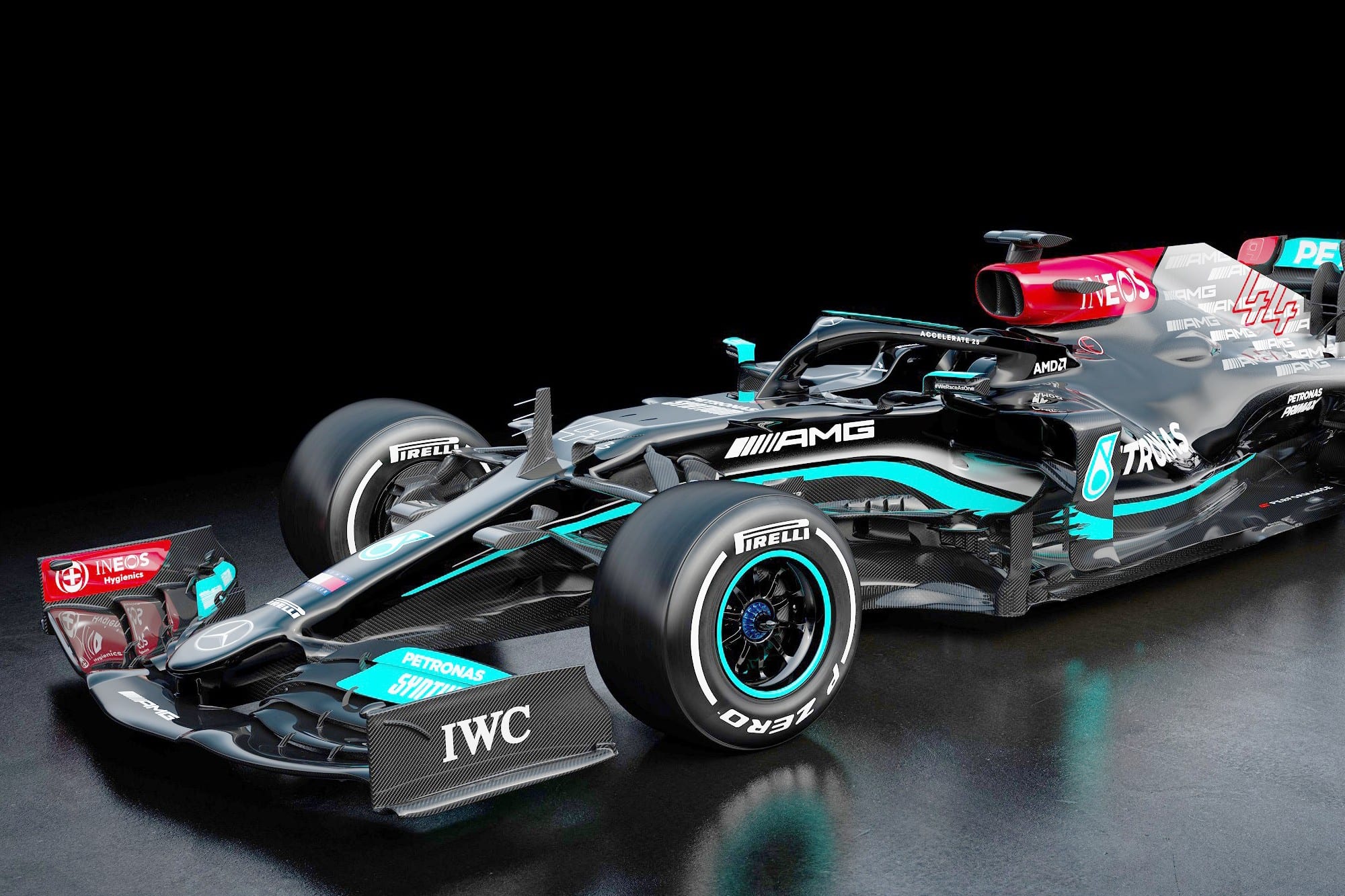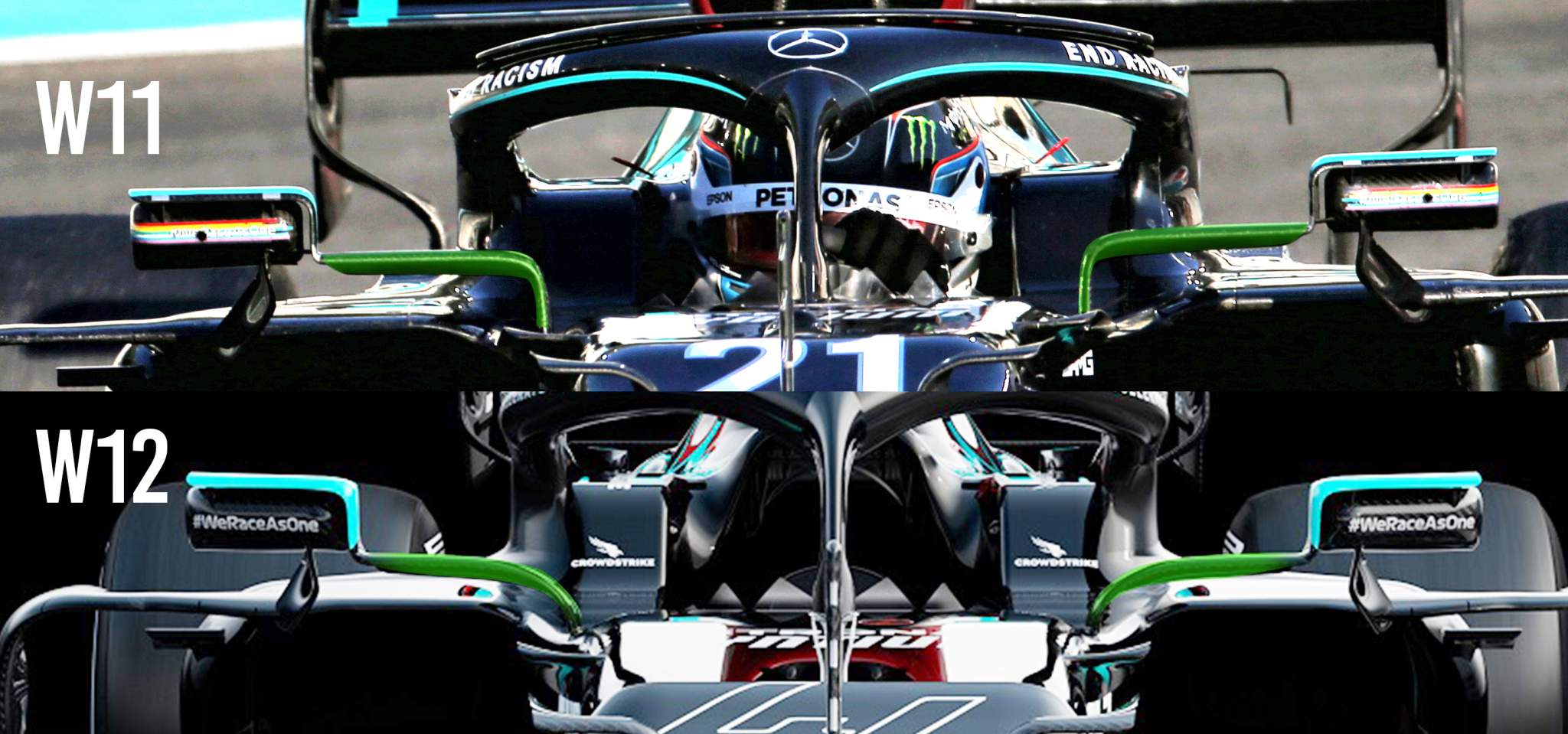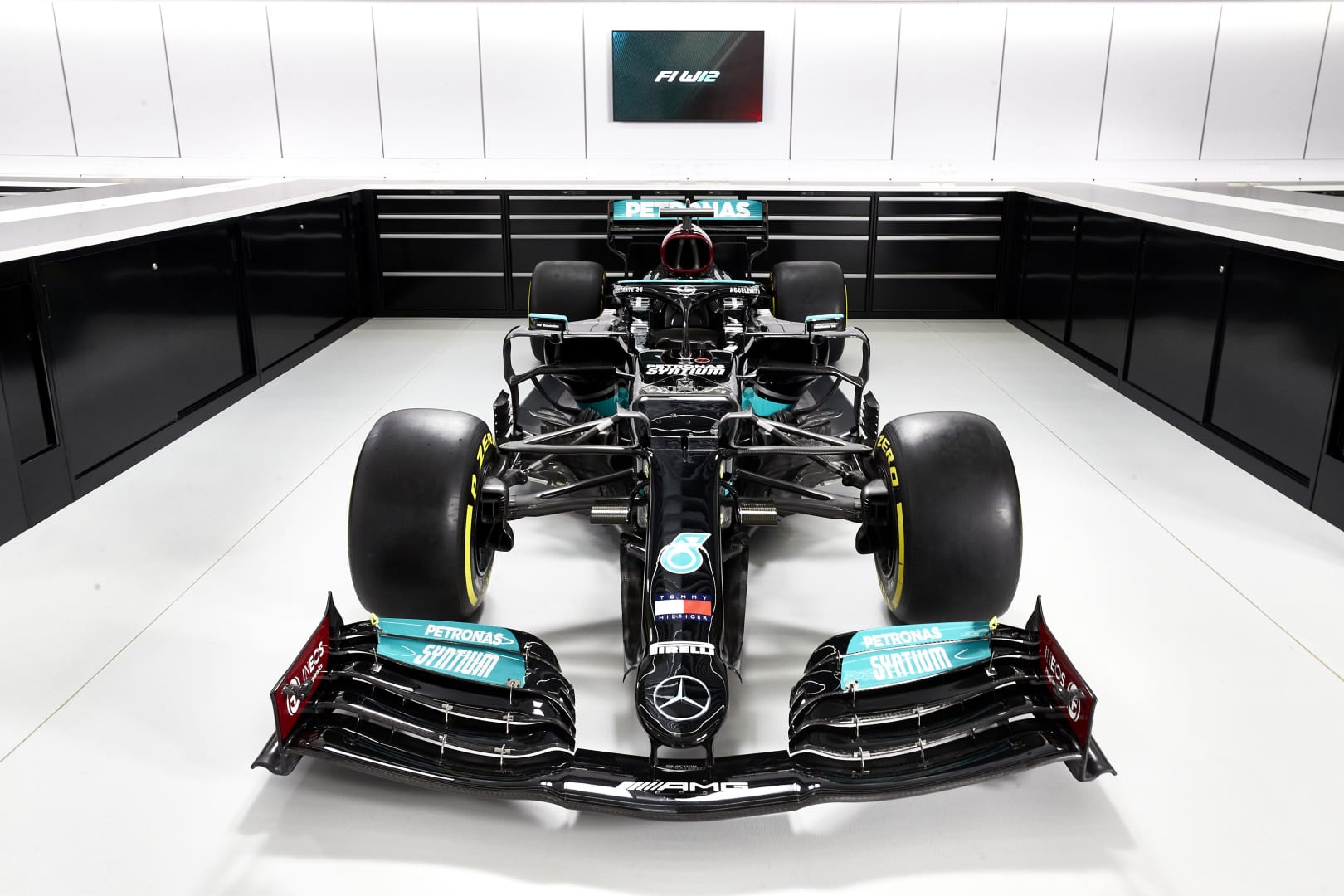For Mercedes, is this going to be another year of the same as the last seven of success when other teams only occasionally kept it honest, or is it going to be the start of something different?
The winter can be a cruel time. You never know what the others are up to or how they have been able to adapt to any rule changes, so it’s very easy to start to doubt yourself.
But if you have achieved your objectives for the car’s first test and have put an early-season development plan in place to move you forward from your release specification to the first race then you can’t really do any more until you get a bit more track correlation information, and see how the others have progressed.
Talking about development, it has been widely discussed that Mercedes stopped development on its 2020 car well before the end of the season and concentrated on its package for 2021. As we all know, major components require spending tokens and the main structure of the car is carried over from last year – including the gearbox and monocoque. But all the aero surfaces are up for grabs. So what has Mercedes come up with?
At the front, it has retained its ‘partly loaded’ outboard ends to the front wing flaps. It has reduced the trailing edge of the endplate at the top to allow more outwash.
The inboard end of the front flaps are now more aggressively detailed, with a short slot gap in the fourth element from the front. Because of this, the fifth element has to stop where that slot gap starts.
The main plane doesn’t look too different from its predecessor, but I’m pretty sure the detail will have changed in line with the flap changes. These all go hand in hand, so the front wing assembly becomes a package.

The narrow nose looks like it has been retained and the detail of the nose cape doesn’t look very different. Again, small detail changes can very easily give big rewards so Mercedes will have optimised all of this.
The cape and the front wing seem a little more aggressively integrated with lots of detail work evident. It’s not clear if Mercedes has changed any of the structure of the nose, but it’s much more ‘together’ rather than being two parts joined up.
The front brake ducts have also been narrowed at the top section. This will be to allow cleaner airflow coming off the trailing edge of the front wing towards the bargeboards, interestingly Red Bull have narrowed there lower half of the brake duct, someone’s right.
On top of the sidepods, there’s also a change to the mounting of the wing mirrors. These are the kinds of small changes that add up.
The mirror mounts have a larger radius between the vertical and horizontal part. This would likely have been done for some small aerodynamic advantage but there are also other benefits. They will not obscure the driver’s view quite so much when placing the front wheel precisely in a corner and they will also be more efficient structurally. When you build a new car, stiffer and lighter is always the challenge for every component.

Mercedes has always had the most complicated bargeboard package on the grid and the version on the new car is no different. All of these turning vanes work with each other and it is the sum of the total that defines the effectiveness.
It would be impossible to really comment on what every individual piece does and even more difficult to design a package like this without the off-surface flow regime that CFD allows you to understand and then place components in the correct place to entice the flow in the direction that you feel will be beneficial.

Mercedes hasn’t revealed what developments it has implemented to ‘overcome’ the rule changes to the floor and diffuser. Other teams that have already had their car releases have only shown small turning vanes in front of the rear tyres but Mercedes wants to hide its design until testing begins, so I’m confident it will be something a bit more sophisticated in there.
As for the body surfaces, everything is just that little bit more tightly clothed. The surfaces show some extra lumps and bumps and James Allison has stated that these are to cover up some extra requests from the power unit manufacturing side of Mercedes. We will probably never know what these are because we never see under the bonnet of these cars. But the large bulge of the sidepod also appears to be partly because much of the engine cover is more tightly sculpted than last year’s car. After all, some things can’t be made smaller and you sometimes have to go round them.
The rollhoop area and intake looks the same as last year, so Mercedes hasn’t changed too much as far as the balance of cooling between the sidepod intakes and this upper inlet.

The cooling exits look like they have been revised, but again it’s difficult to see with all the swoopy artistic highlights on the paint work. It would be an area where Mercedes will have put some focus into as it suffered on a few occasions last year with overheating, so I’m sure for 2021 it will have given itself just that little bit more headroom.
In these launch images, it doesn’t look like Mercedes has changed its mind and joined the high rake club. I didn’t expect it to do that as they have always been happy with this concept and its performance, and who is to question that given its success.
With the rule changes meaning there’s less opportunity to seal the underfloor, the high-rake cars might even suffer a little bit more.
Overall, this car is what we have seen from Mercedes at the beginning of the season for quite a few years. It’s a no-nonsense package that has been well-researched, and is well understood.
But as with all the teams, there is lots of room for developments. But Mercedes is starting from a very good base and, for me, it ticks all the boxes.



